Leuven is said to be the Oxford of Belgium, the country’s
foremost university city located a short distance east of Brussels. Leuven’s
Catholic University was established in 1425, making it one of the oldest in
Europe. Although instruction was once mostly in French despite the city being
in Flemish-speaking territory, that started changing after the two world wars, culminating
in the student uprisings of 1968. After
that a new French language university was established at Louvain-la-Neuve (New
Leuven) and Leuven became a completely Flemish language school. The university’s
library collections were split up quite randomly between the two, the
linguistic divide so fierce that my tour guide for the city hall was able to
conduct and English-language tour but not permitted to speak to anyone in
French.
Leuven is also famous for German atrocities
committed during WWI when shortly after the invasion of neutral Belgium in August
1918 most of the city was burned, including the university’s library with its huge
collection of rare books and manuscripts.
After WWI the university library was rebuilt at a different
location with money raised from American universities in an effort led by
Herbert Hoover, who led the allied relief effort in Belgium before becoming the
American president when the Great Depression began. Hoover is regarded as a great hero in Belgium
with a large plaza in Leuven named after him. The university library had to be rebuilt a
second time after WWII after being burned again by the Germans.
While considered to have been an especially beautiful
Flemish city before WWI, nowadays most of Leuven is quite modern and some of it
on the ugly side, honestly a little disappointing but maybe my expectations for
an academic version of Bruges were rather unrealistic. The city has some nice squares and some
surviving or restored buildings like the cathedral, the ornate city hall, and a
significant (but very modern) regional art museum. The Stadhuis (city hall) is
considered to be one of the most beautiful in Belgium, but the cathedral is
honestly a little homely on the outside. When planned, it was supposed to have
the tallest spire in the low countries, but soil subsidence caused it to collapse
during construction while still not very tall. The tower was never rebuilt, so the church
looks like it’s missing something.
To me Leuven seemed fairly lively even though it was summer
and most of the students were away. A complaint of foreign students is that the
city empties out on weekends as most of the students head back home for mommy’s
cooking and for mommy to do their laundry since nowhere in Belgium is more than
a two-hour train ride. But maybe for most people from English-speaking
countries Leuven’s greatest significance is as the home of Stella Artois
beer. With so many much better Belgian
beers to try out, I did not have a Stella in Leuven.

 Leuven, Flanders, Belgium
Leuven, Flanders, Belgium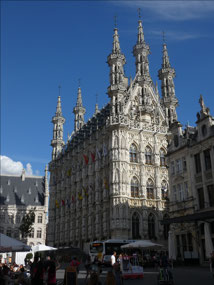
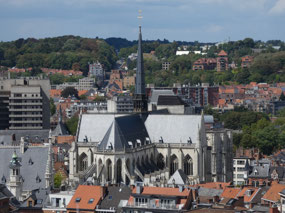




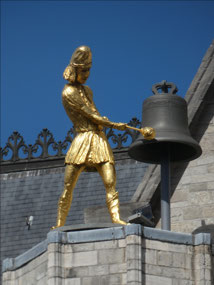
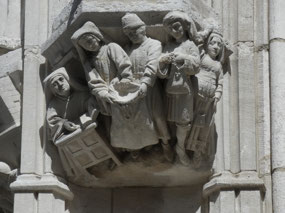
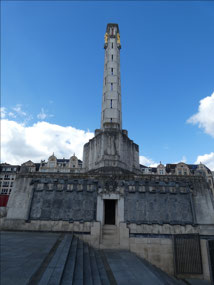
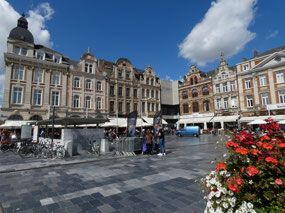

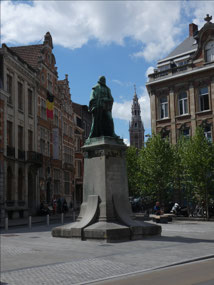
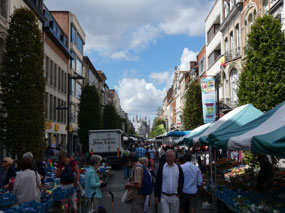
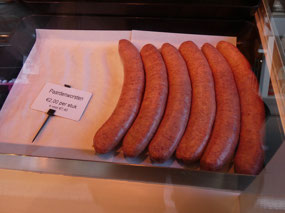
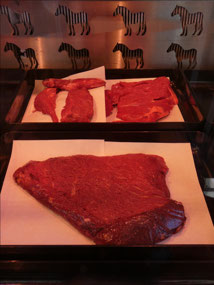
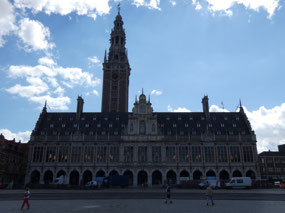
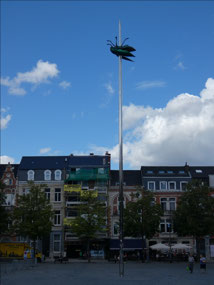

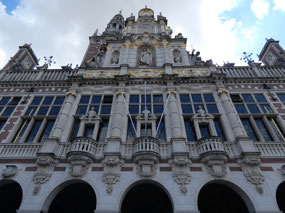
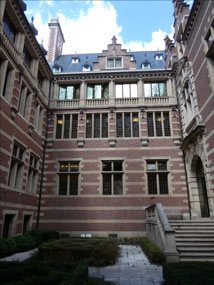

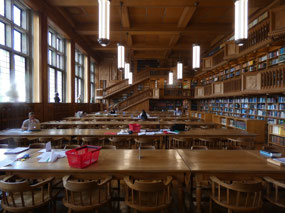

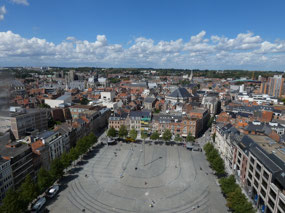
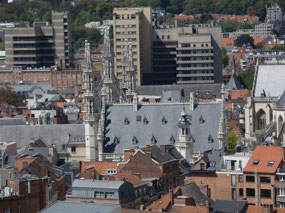
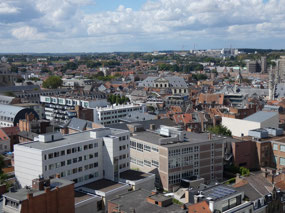

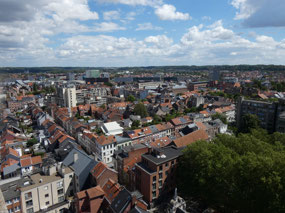
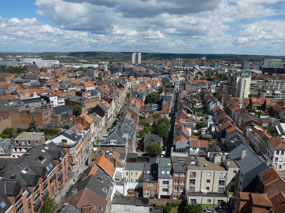
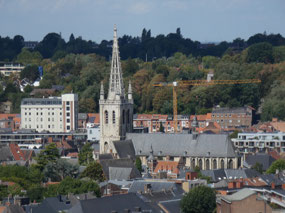

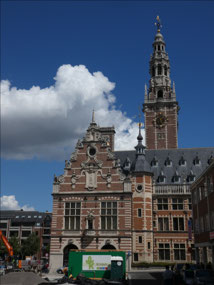
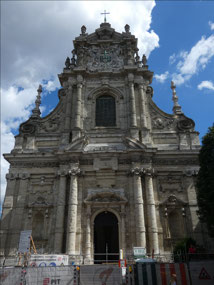
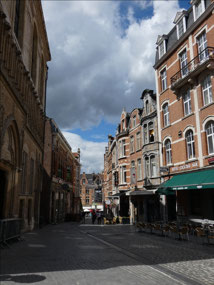
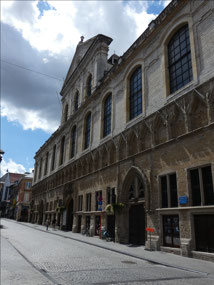
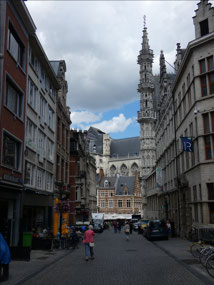
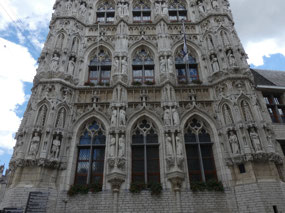
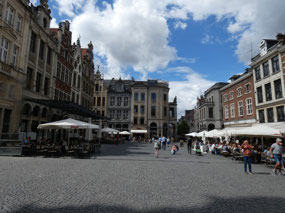
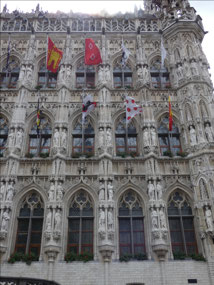
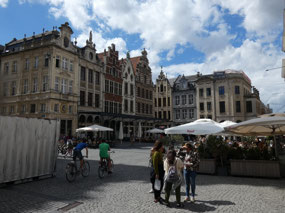
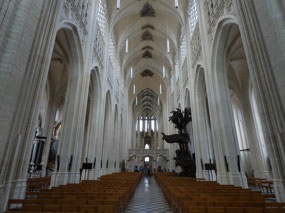
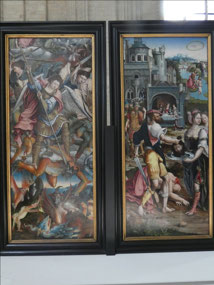


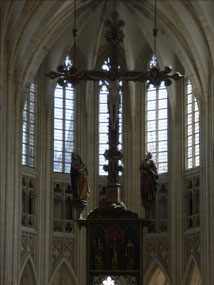
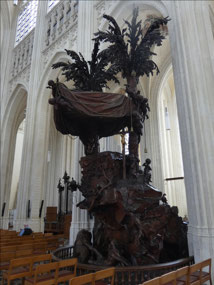
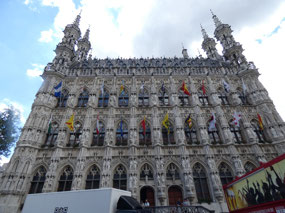
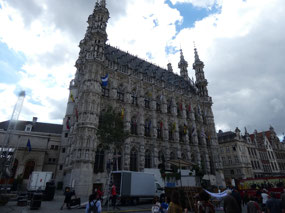
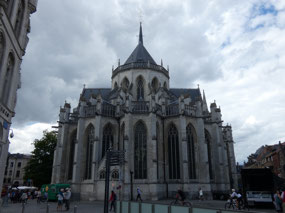
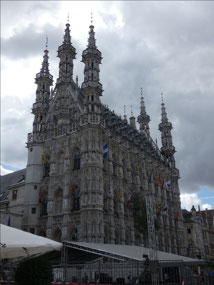
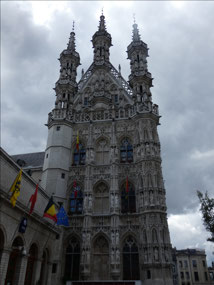
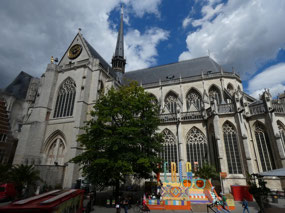

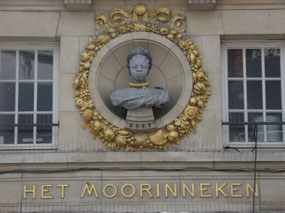

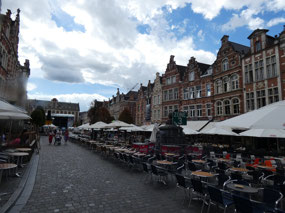
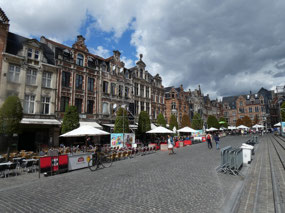
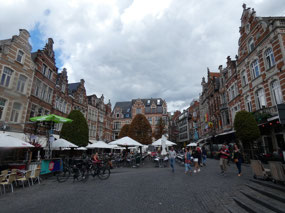
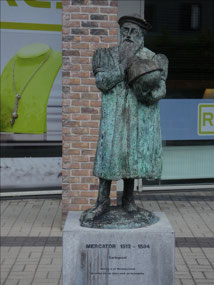
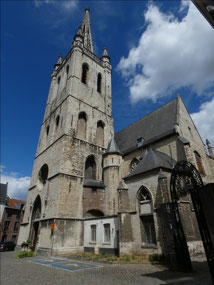
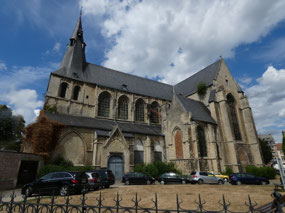
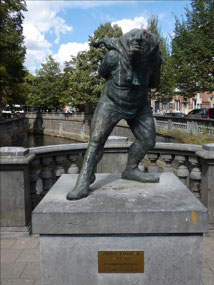
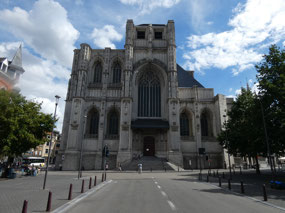
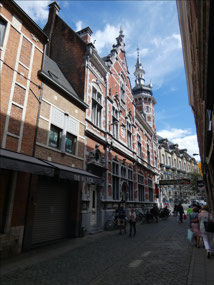
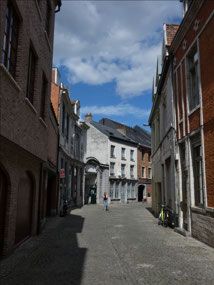
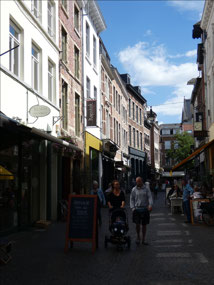
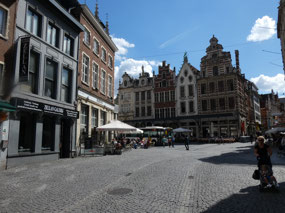
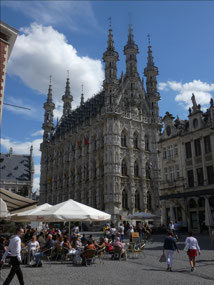
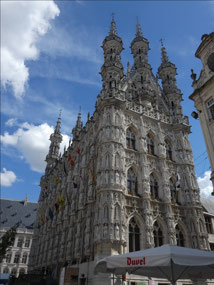
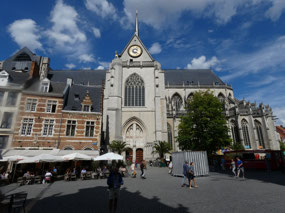
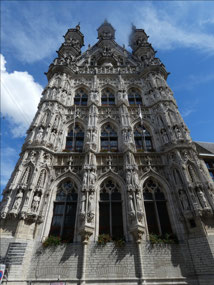
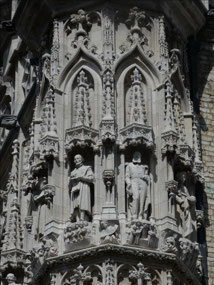



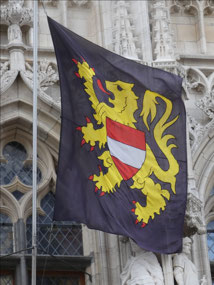
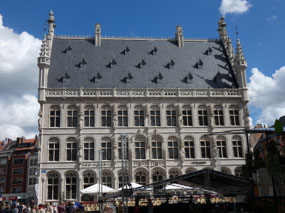
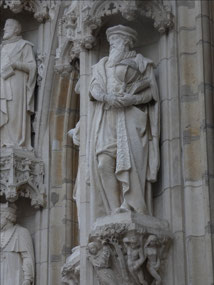
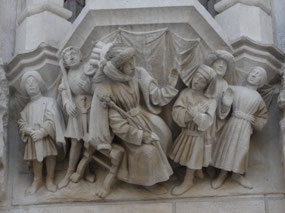
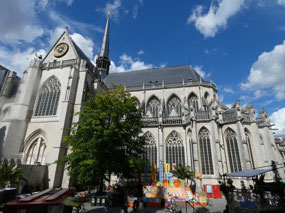
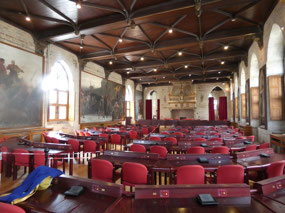
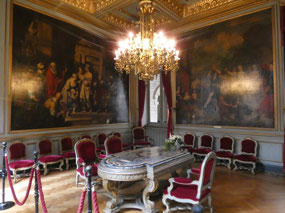
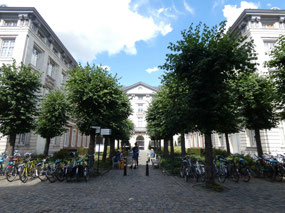
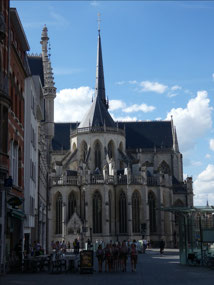
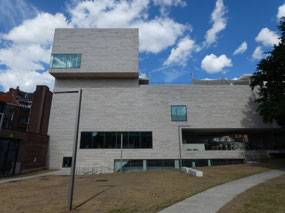
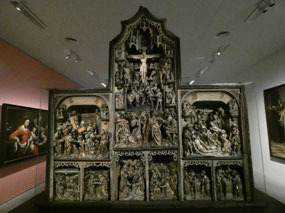
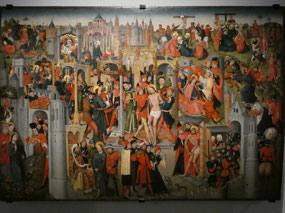

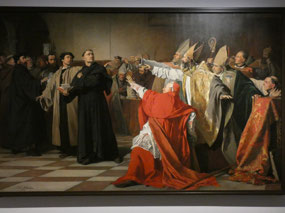
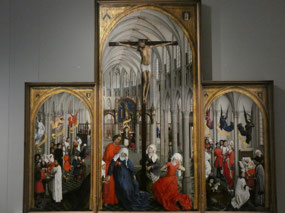
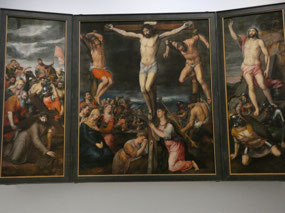
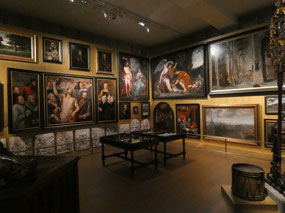
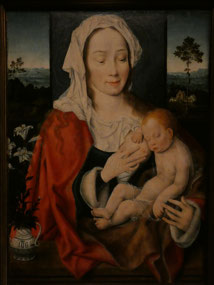
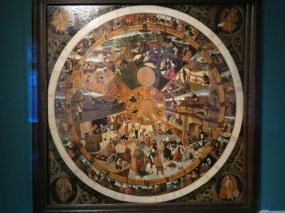
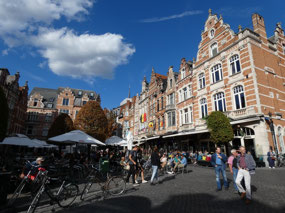
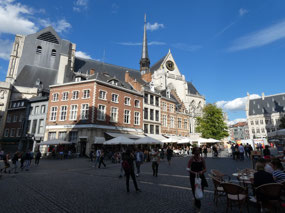
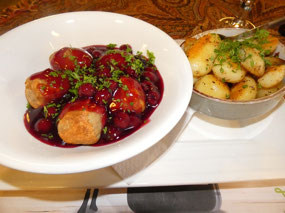
2025-05-22